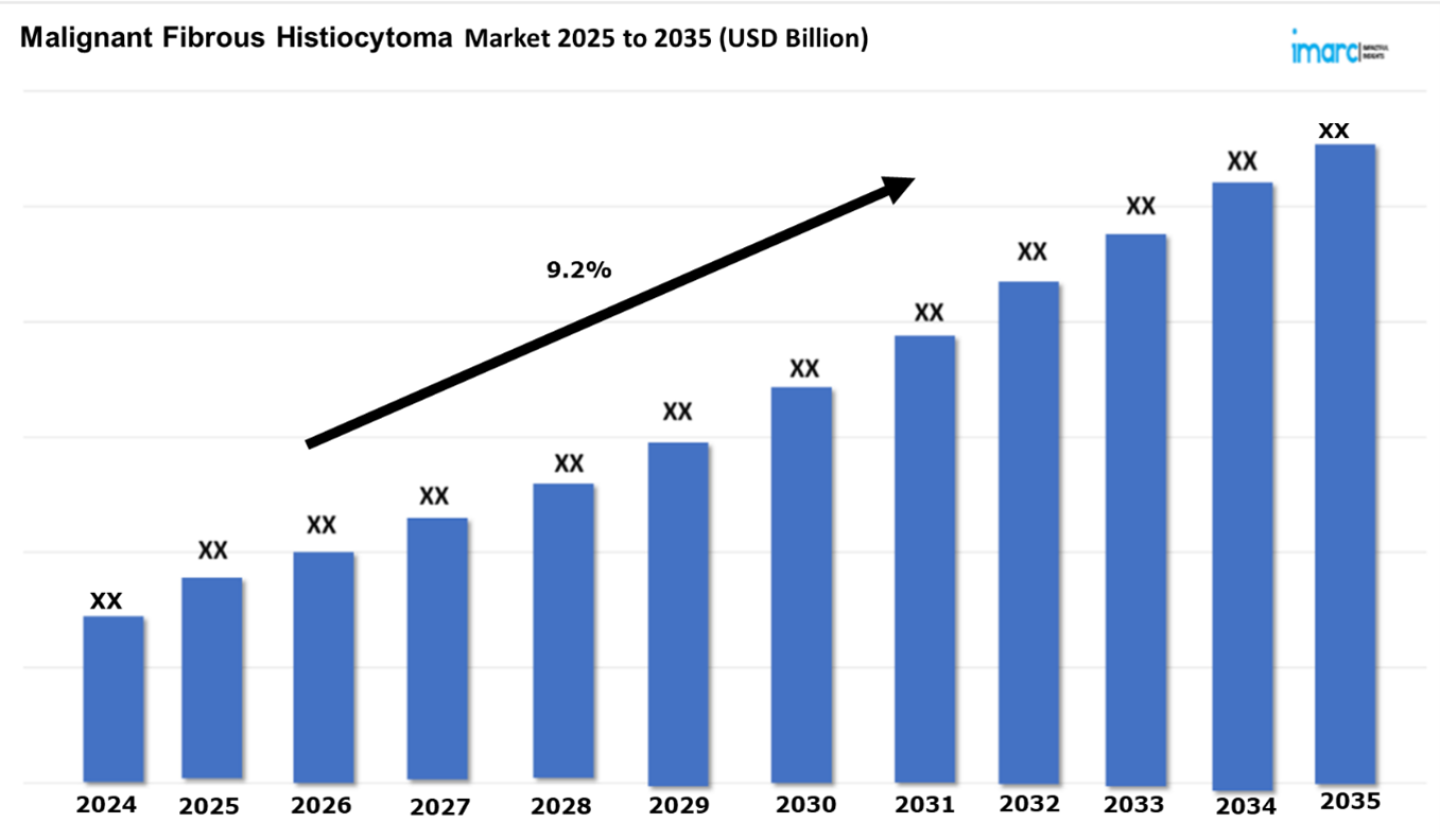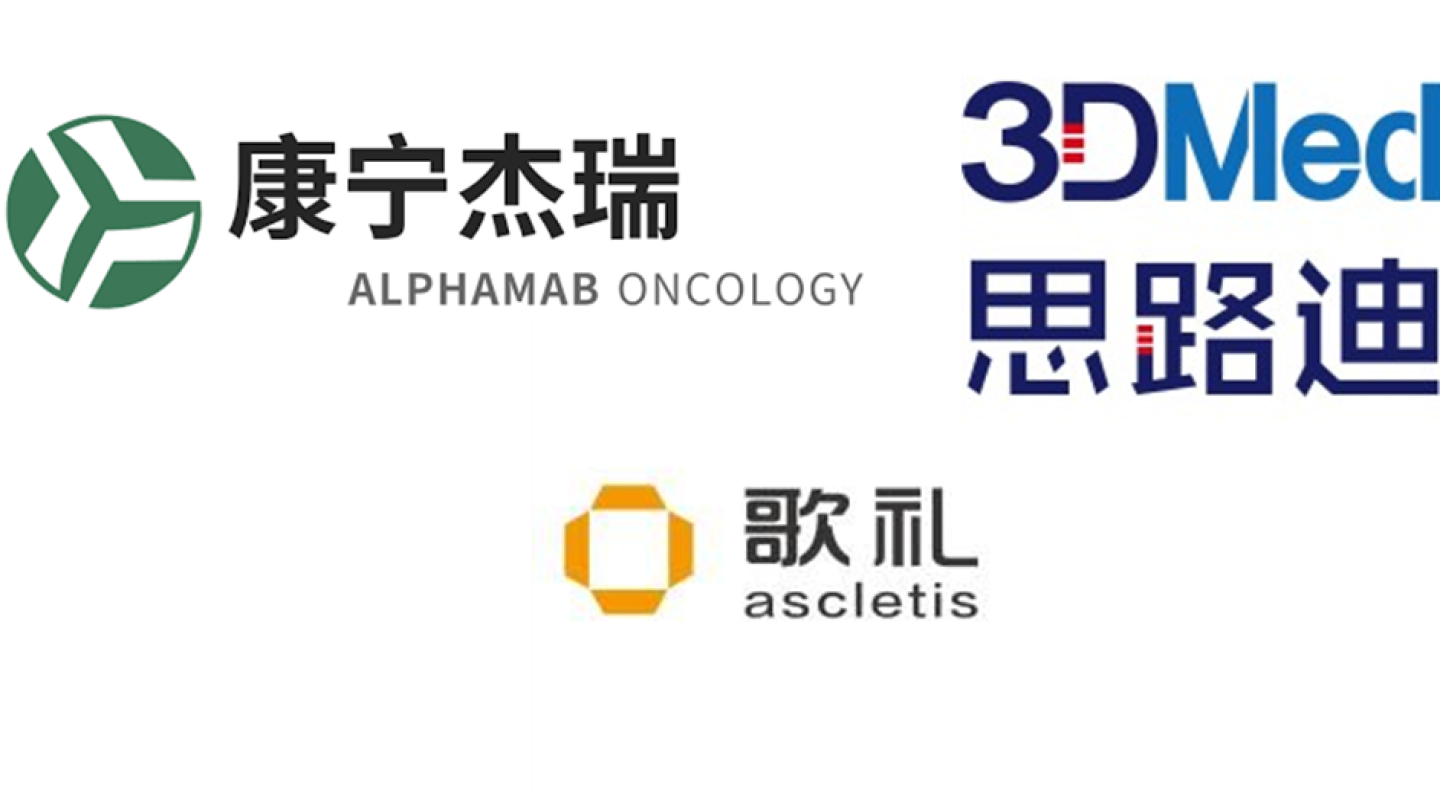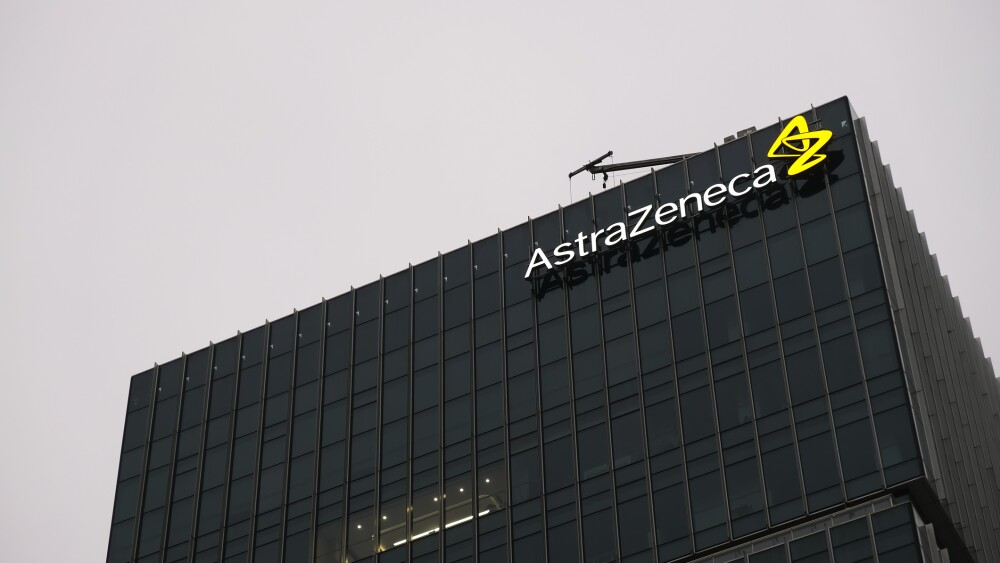Malignant Fibrous Histiocytoma Market Outlook 2025-2035:
The 7 major malignant fibrous histiocytoma market are expected to exhibit a CAGR of 9.2% during 2025-2035. The market for malignant fibrous histiocytoma (MFH) is growing due to a rise in soft tissue cancer cases and advancements in diagnostic methods. Increased awareness and early diagnosis are driving the demand for treatments, while innovations in targeted and immunotherapies offer new therapeutic options. The shift toward personalized medicine is enhancing treatment effectiveness, contributing to market growth. Additionally, the expansion of healthcare infrastructure and the availability of clinical trials are further fuelling the market. With more healthcare providers adopting advanced treatments, the MFH market is poised for continued growth.
Advancements in Diagnostic Techniques: Driving the Malignant Fibrous Histiocytoma Market
The evolving diagnostic techniques have fast-tracked market growth of the treatment of this disease through early detection and accurate diagnosis. Next-generation sequencing (NGS) and liquid biopsy are two molecular techniques which target specific mutations and are expected to provide personalized treatment for MFH in the near future. Other methods that have been applied have reduced the chances of misdiagnosis and improved the characterisation of these tumours, including FISH and IHC. Besides those techniques, AI imaging helps in radiological examination, which may help discover the condition early and treat it. New technologies like molecular diagnostics, biomarker-based testing, among others, are known to facilitate the tracing course of disease along with increasing patients’ comfort, which have never been experienced or imagined. Nowadays, further machine learning (ML) techniques are developed to be included within pathology for fine-tuning diagnoses and thus minimising delay. Recent advances in imaging by PET-CT and MRI techniques have made cancers more easily identified and therefore are enhancing better planned surgeries. These develop companion diagnostics with custom matching for the patient in relation to a targeted therapy for better success with the treatment and high interest for liquid biopsy to monitor the ctDNA circulation in the aim to evaluate transitional real-time status of the disease. All such innovations are pacing market growth because of improved diagnostics precision, effectiveness in treatment outcome, and better early management of diseases.
Request a PDF Sample Report: https://www.imarcgroup.com/malignant-fibrous-histiocytoma-market/requestsample
Development of Novel Therapies and Pharmacological Treatments: Contributing to Market Expansion
Advances in the treatment modalities of malignant fibrous histiocytoma are the reason for the increase in the market. Targeted therapies and immunotherapies have proved to be effective and avoided the adverse effects for the MFH patients. Checkpoint inhibitors and monoclonal antibodies were also considered as possible treatments in these aggressive soft tissue sarcomas. Alongside this, there is an increased common application of genomic profiling and personalized medicine in the determination of the specific regimen of treatment in order to ensure the maximum effectiveness. Nanotechnology-assisted drug delivery systems are improved for precision and efficacy. Meanwhile, combination treatments that combine conventional chemotherapy with newly developed agents provide enhanced survival opportunities. With increasing clinical trials and regulatory approvals, new and innovative treatment options are continuously emerging to enhance MFH management.
Buy Full Report: https://www.imarcgroup.com/checkout?id=12791&method=809
Emerging Therapies in Malignant Fibrous Histiocytoma Market
Envafolimab: Alphamab Oncology/Ascletis/3D Medicine
Envafolimab (co-developed by Alphamab Oncology, Ascletis, and 3D Medicine) is a PD-L1 inhibitor designed for treating various advanced solid tumors, including undifferentiated pleomorphic sarcoma (UPS)/Malignant Fibrous Histiocytoma (MFH). Its unique subcutaneous delivery offers a faster and more convenient alternative to traditional intravenous PD-1/PD-L1 inhibitors, enhancing patient compliance. Clinical studies suggest promising anti-tumor activity in sarcoma patients, particularly those with high PD-L1 expression.
Drug Name | Company Name | MOA | ROA |
Envafolimab | Alphamab Oncology/Ascletis/3D Medicine | Antibody-dependent cell cytotoxicity; Programmed cell death-1 ligand-1 inhibitors; T lymphocyte stimulants | Subcutaneous |
Detailed list of emerging therapies in Malignant Fibrous Histiocytoma is provided in the final report…
Leading Companies in the Malignant Fibrous Histiocytoma Market:
The market research report by IMARC encompasses a comprehensive analysis of the competitive landscape in the market. There are several dominant players in the global malignant fibrous histiocytoma market, which develop integrated platforms that improve the management of malignant fibrous histiocytoma. Some of these companies include Alphamab Oncology and others. In this regard, the companies mentioned above are accelerating innovation in the malignant fibrous histiocytoma market due to continuous research, diagnostic tools, and development of new products to cater to the increasing need for malignant fibrous histiocytoma.
Key Players in Malignant Fibrous Histiocytoma Market:
The key players in the malignant fibrous histiocytoma market who are in different phases of developing different therapies are Alphamab Oncology, Ascletis, 3D Medicine and others.
Regional Analysis:
The major markets for malignant fibrous histiocytoma include the United States, Germany, France, the United Kingdom, Italy, Spain, and Japan. Malignant fibrous histiocytoma has its largest patient population in the United States, the same country accounting for the most significant market, according to data from IMARC. The main focus of studies on malignant fibrous histiocytoma has been in pairing surgical resection with radiotherapy and chemotherapy treatment. Target therapies, such as tyrosine kinase inhibitors, are also appearing promising in boosting the treatment possibilities of the difficult cases, notably in the stage of metastasis. Also, immune checkpoint inhibitors are an immunotherapy option that is under clinical trials. Additionally, personalized medicine and genetic profiling are guiding improved therapeutic strategies toward more specific patient care.
Key information covered in the report
Base Year: 2024
Historical Period: 2019-2024
Market Forecast: 2025-2035
Countries Covered
- United States
- Germany
- France
- United Kingdom
- Italy
- Spain
- Japan
Analysis Covered Across Each Country
- Historical, current, and future epidemiology scenario
- Historical, current, and future performance of the malignant fibrous histiocytoma market
- Historical, current, and future performance of various therapeutic categories in the market
- Sales of various drugs across the malignant fibrous histiocytoma market
- Reimbursement scenario in the market
- In-market and pipeline drugs
Competitive Landscape:
This report offers a comprehensive analysis of current malignant fibrous histiocytoma marketed drugs and late-stage pipeline drugs.
In-Market Drugs
- Drug Overview
- Mechanism of Action
- Regulatory Status
- Clinical Trial Results
- Drug Uptake and Market Performance
Late-Stage Pipeline Drugs
- Drug Overview
- Mechanism of Action
- Regulatory Status
- Clinical Trial Results
- Drug Uptake and Market Performance
Ask Our Expert & Browse Full Report with TOC: https://www.imarcgroup.com/malignant-fibrous-histiocytoma-market/toc
IMARC Group Offer Other Reports:
Leiomyosarcoma Market: The 7 major leiomyosarcoma markets are expected to exhibit a CAGR of 3.3% during 2024-2034.
Synovial Sarcoma Market: The 7 major synovial sarcoma markets reached a value of US$ 75.3 Million in 2023. Looking forward, IMARC Group expects the 7MM to reach US$ 114.0 Million by 2034, exhibiting a growth rate (CAGR) of 3.84% during 2024-2034.
Kaposi’s Sarcoma Market: The 7 major kaposi’s sarcoma markets reached a value of US$ 109.4 Million in 2023. Looking forward, IMARC Group expects the 7MM to reach US$ 160.2 Million by 2034, exhibiting a growth rate (CAGR) of 3.53% during 2024-2034.
Recurrent Glioblastoma Market: The 7 major recurrent glioblastoma markets are expected to exhibit a CAGR of 5.85% during 2024-2034.
Glioma Market: The 7 major glioma markets reached a value of US$ 1.0 Billion in 2023. Looking forward, IMARC Group expects the 7MM to reach US$ 1.6 Billion by 2034, exhibiting a growth rate (CAGR) of 3.83% during 2024-2034.
Small Cell Lung Cancer Market: The 7 major small cell lung cancer markets reached a value of US$ 8.2 Billion in 2023. Looking forward, IMARC Group expects the 7MM to reach US$ 19.1 Billion by 2034, exhibiting a growth rate (CAGR) of 8% during 2024-2034.
Contact US
IMARC Group
134 N 4th St. Brooklyn, NY 11249, USA
Email: Sales@imarcgroup.com
Tel No:(D) +91 120 433 0800
Phone Number: - +1 631 791 1145, +91-120-433-0800






